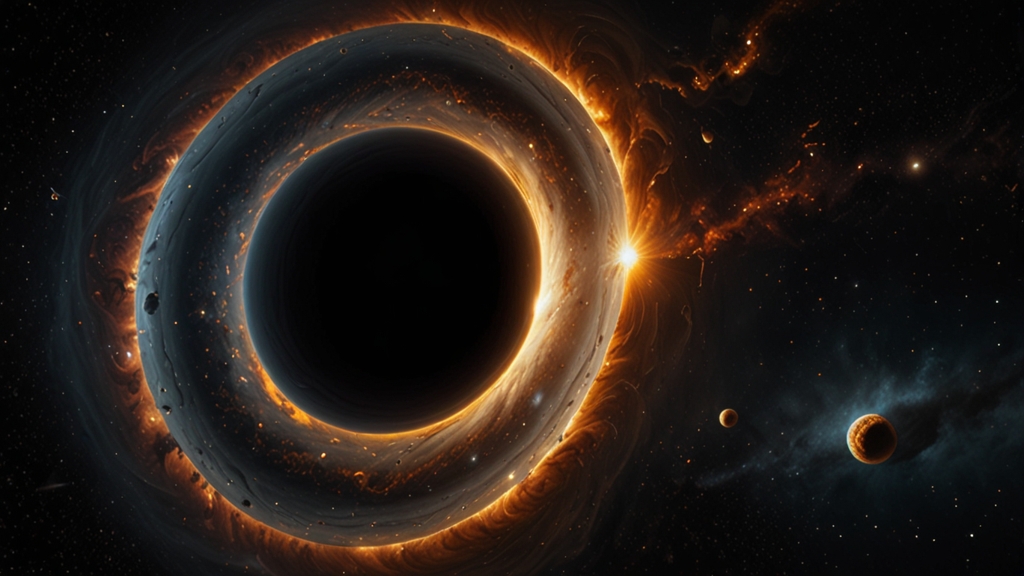The Cold War's Impact on Space Exploration and the Race to the Stars
The Cold War era was marked by intense geopolitical rivalry between the United States and the Soviet Union. This competition extended beyond terrestrial borders and into the realms of space, catalyzing advancements in space exploration. The "space race," as it came to be known, saw significant investments and technological breakthroughs that propelled humanity into the final frontier.
The Dawn of the Space Race
The origins of the space race can be traced back to the early stages of the Cold War. Both superpowers sought to demonstrate their technological superiority and military capabilities. The launch of the Soviet satellite Sputnik in 1957 marked a pivotal moment, as it was the first artificial satellite to orbit the Earth. This milestone shocked the world and especially the United States, which then accelerated its efforts to catch up.
“Sputnik marked the start of the space age and the U.S.-U.S.S.R space race. The successful launch came as a surprise to many Americans and caused fear that the Soviets were ahead in both space exploration and military technology.” - NASA
The United States responded by establishing the National Aeronautics and Space Administration (NASA) in 1958. This move set the stage for a series of groundbreaking projects, not only aimed at exploring space but also at demonstrating American technological and ideological prowess.
Key Milestones in the Space Race
The space race was characterized by a series of significant milestones achieved by both nations. In 1961, Soviet cosmonaut Yuri Gagarin became the first human to journey into outer space and orbit the Earth. This achievement further intensified the competition. In response, President John F. Kennedy declared the ambitious goal of landing a man on the Moon by the end of the decade.
The United States made considerable advancements in a relatively short period. Project Mercury, Project Gemini, and finally, the Apollo program laid the groundwork for the historic Apollo 11 mission. On July 20, 1969, astronaut Neil Armstrong became the first human to set foot on the lunar surface, famously stating, "That's one small step for man, one giant leap for mankind."
"The greatest achievement in history. This signifies our unity, our dedication towards progress, and our indomitable spirit." - President Richard Nixon on the Moon landing
Scientific and Technological Advancements
The Cold War rivalry spurred unprecedented scientific and technological advancements. Both the United States and the Soviet Union invested heavily in research and development, resulting in numerous innovations that went beyond space exploration. Satellites developed during this period laid the foundation for modern communication, weather forecasting, and global positioning systems (GPS).
Advancements in rocketry and propulsion systems also had profound implications. Techniques and technologies initially developed for space exploration found applications in various industries, from healthcare to electronics. The miniaturization of electronic systems, a direct byproduct of space race innovations, revolutionized consumer electronics and computing.
Legacy and Long-term Impact
The end of the Cold War did not signal the end of space exploration. The groundwork laid during this intense period of competition has continued to benefit humanity. Collaborative efforts, such as the International Space Station (ISS), exemplify how former rivals can work together for common goals. The space race also inspired generations of scientists, engineers, and explorers.
Today, space agencies around the world, alongside private enterprises, continue to push the boundaries of what is possible. Mars missions, asteroid mining, and plans for sustainable lunar colonies are direct descendants of the technological advancements and ambitious visions forged during the Cold War era.
Conclusion
The Cold War's impact on space exploration and the race to the stars was profound and far-reaching. What began as a competition rooted in geopolitical rivalry evolved into a journey that expanded human horizons. The innovations and achievements of this era not only marked humanity’s foray into space but also propelled technological progress across various fields. The legacy of the space race endures, reminding us of the boundless possibilities that await when ambition meets innovation.



